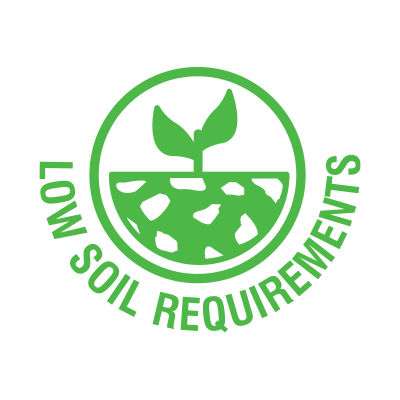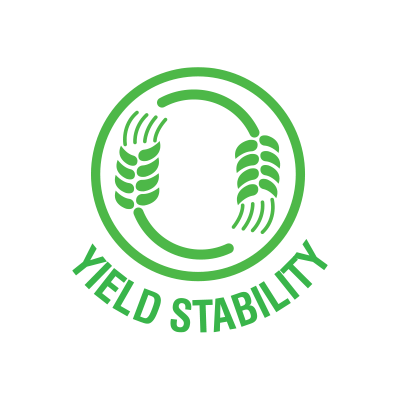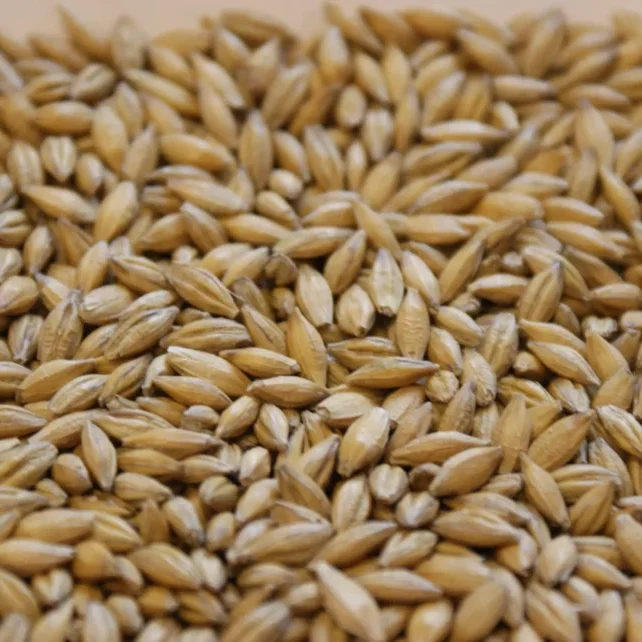Products Spring Grains Spring barley Avatar






Special features of spring barley Avatar
- Early variety, which performs well on medium and weak soils.
- The mlo gene – a guarantee of genetic resistance to powdery mildew.
Other information
- Exceptionally high and stable yield above reference varieties at both levels of agricultural engineering.
- Good health and guarantee of high resistance to the most important barley diseases.
- Medium height plants with stiff straw and high lodging resistance.
- Excellent quality and performance due to good grain uniformity and maturity.
- High suitability for feeding, due to very high protein content.
- Early earing date provides resistance to changing soil and climatic conditions and periodic droughts.
- A variety with an early maturation date, medium soil requirements and good tolerance to soil acidification.
- The most recommended variety for cultivation in Poland.




Previous image
Next image
Utulity and agricultural features
Type of variety
fodder
Earing date
early
Full maturity date
early
Plant height
78 cm
Seed protein
high
Resistance to lodging
6 good
Soil requirements
medium
Tolerance to soil acidity
good
TGW
45,2 g
Seed density (pcs per sq.m)
280-320 pcs
Disease resistance according to Coboru:
Powdery mildew
mlo gene
Net blotch
7,3 high
Barley rust
7,6 very high
Scald disease
8,1 vmedium
Dark brown
blotch
7,4 medium

